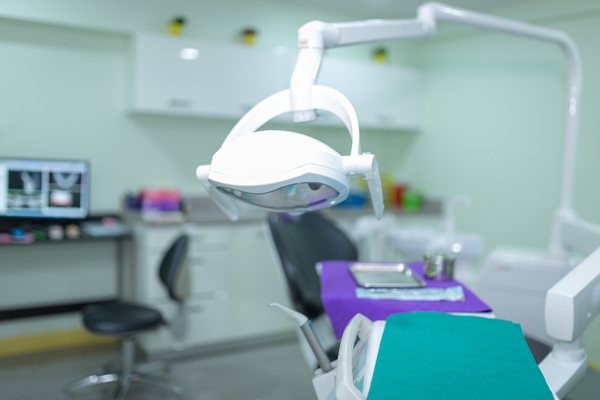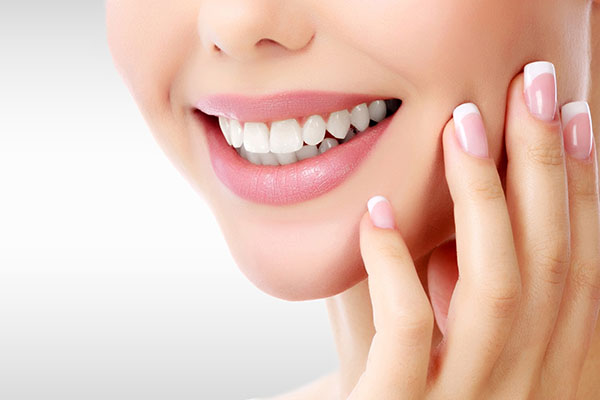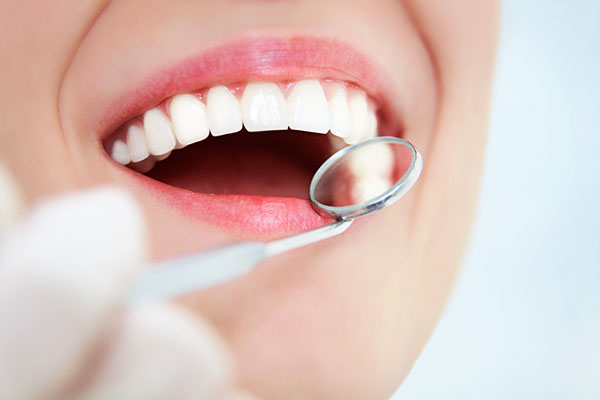When Should You Go to an Emergency Dentist vs. the ER?

When a dental emergency hits, it is important to know where to go to access the right care. An emergency dentist is often the right provider, although life-threatening emergencies require a trip to the emergency room. Learning when to go to the emergency dentist versus the emergency room can save you time, money, and discomfort. More importantly, making the right choice supports better health outcomes.
Types of dental emergencies
Like any emergency, those of a dental nature can happen suddenly and without warning. They often cause significant discomfort and require immediate attention, as they range from dental trauma to uncomfortable infections varying in severity. The most common dental emergencies include severe toothaches, cracked or fractured teeth, knocked-out teeth, lost fillings or crowns, dental abscesses, and soft tissue injuries in the mouth (such as to the gums, lips, or tongue). A true emergency typically involves pain, bleeding, swelling, or functional impairment, such as difficulty chewing or speaking.
Not all dental concerns are emergencies, but when pain is intense, bleeding cannot be controlled, or there is visible damage to the teeth or surrounding structures, visiting an emergency room (ER) is necessary. Ignoring these symptoms may result in further complications, including permanent damage or the spread of infection.
What should you do in a dental emergency?
Taking the right steps immediately after a dental emergency can help preserve oral health and improve the chances of a successful outcome. Rinsing the mouth with warm water, applying a cold compress to reduce swelling, and preserving any knocked-out teeth or broken fragments can be helpful before heading to the emergency dentist’s office. If bleeding is present, applying gentle pressure with gauze or a clean cloth may help control it. Seeking care as soon as possible ensures that the underlying issue is treated appropriately and complications are minimized.
When to go to an emergency dentist
An emergency dentist is a general dentist trained to handle urgent dental concerns that do not necessarily warrant a hospital visit. These providers focus on relieving pain, addressing injuries, and stabilizing oral structures until full treatment can be completed. Situations that call for care from an emergency dentist include:
- A severe toothache. Persistent or intense pain may indicate deep decay, infection, or pulp damage. An emergency dentist can provide immediate relief through treatments such as root canal therapy, drainage of an abscess, or temporary fillings.
- Cracked, chipped, or broken teeth. Depending on the severity, the dentist may smooth sharp edges, apply bonding material, or place a crown to protect the tooth and restore function.
- Knocked-out teeth. If addressed within 30 to 60 minutes, reimplantation may be possible. Emergency dentists clean and reposition the tooth, then splint it to neighboring teeth to promote healing.
- Lost fillings, crowns, or bridges. Restorations that fall out leave teeth vulnerable to sensitivity or further damage. Emergency dentists can replace or temporarily restore them to maintain protection.
- Dental abscesses or infections. Swelling, severe pain, or fever may point to infection. Emergency care may involve draining the abscess, prescribing antibiotics, and treating the source of the problem.
These treatments not only address immediate discomfort but also help prevent more serious issues from developing. Follow-up appointments with a general dentist can then ensure the emergency care was effective.
When to go to the ER for a dental emergency
The emergency room is the appropriate choice when a dental emergency involves serious trauma, uncontrolled bleeding, or signs of systemic infection. Examples include facial fractures, deep lacerations, difficulty breathing or swallowing, or high fever with swelling that affects the neck or face. Hospital staff can provide pain management, stabilize injuries, and coordinate follow-up care with a general dentist.
However, most dental emergencies are better handled by an emergency dentist equipped with the tools and expertise specific to oral health issues. Visiting the ER for non-life-threatening dental problems may result in delayed care and higher costs without definitive treatment.
Where to find an emergency dentist
As mentioned, many general dentists also serve as emergency dentists, offering urgent care appointments during regular office hours and in some cases, after hours or on weekends. These providers are experienced in diagnosing and managing dental emergencies using advanced diagnostic tools and same-day treatments.
To prepare for a dental emergency, it is helpful to identify a local dentist who offers emergency services and keep their contact information readily available. Knowing where to go ahead of time can reduce stress and speed up the response during an urgent situation. Dental practices that provide emergency care often set aside time in their daily schedule to accommodate urgent cases. This allows patients to receive timely treatment for unexpected issues without waiting for a standard appointment.
Get prompt care during a dental emergency
Whether you need to see an emergency dentist now or are looking for one to be prepared, contact King Dentistry. We provide emergency dental care to patients in Turlock and the surrounding communities. Call us for more information.
Request an appointment here: https://www.kingdentistry.com or call King Dentistry at (209) 585-1474 for an appointment in our Turlock office.
Check out what others are saying about our dental services on Yelp: Emergency Dentist in Turlock, CA.
Recent Posts
An emergency dentistry office is accustomed to repairing trauma to teeth. This is one of the most frequent types of reasons why patients go. If you have had an accident and hurt one or more teeth, call an emergency dentist near you. Though you may be in pain and have risks for further problems, you…
Toothaches can range from a minor annoyance to a debilitating condition. If you have severe pain from a toothache, an emergency dentist may be able to provide treatment to ease your symptoms and heal the underlying condition. While you normally have to wait several days for a regular dental appointment, emergency dentists make it a priority…
When accidents happen that affect the mouth and teeth, most people visit an emergency dentist to have a broken or missing tooth repaired; however, these dentists are also capable of handling problems that stem from periodontal issues. While gum disease usually progresses slowly, it can cause emergency situations, and knowing when to visit a clinic…
An emergency dentist is indispensable. You can never know when a dental emergency, such as a broken tooth, will happen. Panic may overwhelm you, but it should not. One of the most common dental emergencies is a broken tooth. If you want to see an emergency dentist for your broken tooth, here are the things…


